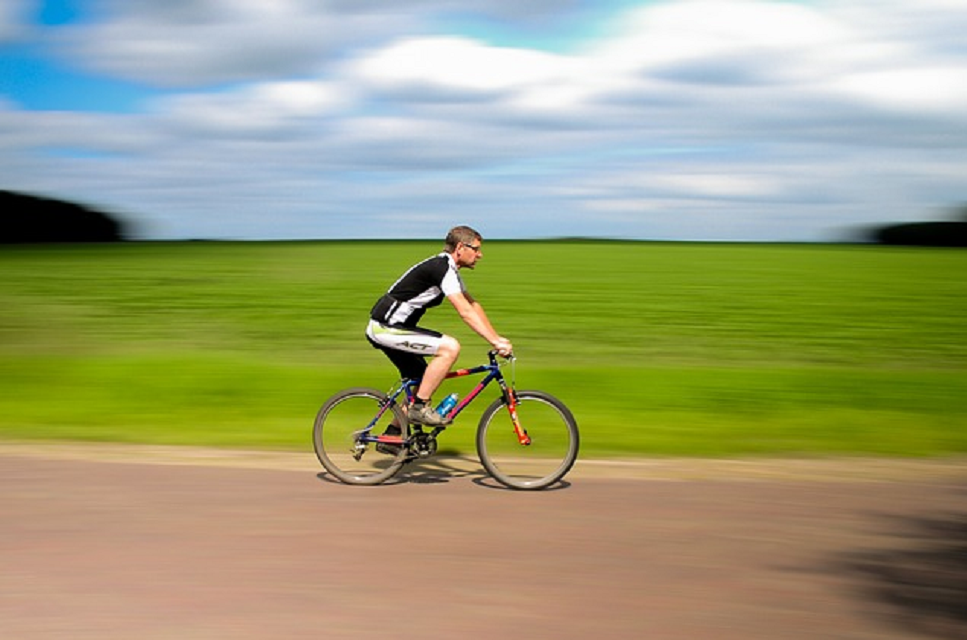If you’re suffering from diabetes mellitus type 2, your doctor may have prescribed basal insulin shots to help you manage your blood sugar levels. But basal insulin therapy can also cause some unwanted side effects, and some serious conditions. Naturally boosting your basal insulin sensitivity with exercise may be a safer way to help keep your blood sugar levels normal.
What Is Basal Insulin?
Everyone, both diabetes mellitus type 2 sufferers and non-diabetics, has low background levels of insulin circulating in their bloodstream to allow cells to take in sugar to fuel their life-sustaining processes. This background insulin is called basal insulin. Long after you’ve eaten, fat is broken down into sugar to help keep your blood sugar levels normal – basal insulin thus also helps to ensure the sugar from broken down fat don’t reach high levels.
But both diabetes mellitus type 2 and type 1 sufferers produce not enough basal insulin to keep the sugar from fat breakdown from building up to high levels in their bloodstreams.
How Basal Insulin Fits Into Diabetes Mellitus Type 2 Treatments
Artificial and natural basal insulin can be given to diabetes mellitus patients if they’re not making enough or any of their own basal insulin. Diabetes mellitus type 2 patients aren’t given basal insulin until their blood sugar levels can’t be managed by most other medications. If metformin is in the first line of pharmacological intervention, then basal insulin is in the last line of diabetes mellitus type 2 treatment.
Most diabetes mellitus type 2 medications are taken orally, but basal insulin shots are injected subcutaneously. This can be very discouraging for diabetes mellitus type 2 patients because now they’ll have to inject themselves routinely – which isn’t something most people start out feeling comfortable with. The good news is, researchers have developed oral basal insulin tablets that are as effective as basal insulin shots.
Even though about 60 percent of diabetes mellitus type 2 patients progress to require basal insulin shots to manage their blood sugar levels, they still feel the stigma that their condition is worsening. From their diabetes mellitus education, they know that diabetes mellitus type 1 patients require basal insulin, while diabetes mellitus type 2 patients don’t always need it.
When their doctors tell them he needs to add basal insulin therapy to their treatment, for some it’s like they’re losing the distinction between their condition and diabetes mellitus type 1. They understand that their pancreas may have become impaired and is now producing lower levels of basal insulin or none at all. They know very well that this is the situation diabetes mellitus type 1 patients are born with or develop – and now they’ve reached the same circumstances.
The possible adverse effects of basal insulin shots contribute to the fear diabetes mellitus type 2 patients feel about them. If they administer incorrectly, they could risk developing hypoglycemia, which is a risk present even when they follow their doctor’s instructions to the letter. The effectiveness of a basal insulin shot also changes with the time you administer, your routine activities surrounding the time of administration, and your eating habits. That’s why the basal insulin shot routine is highly individualized and must be curtailed to a specialized fit for each diabetes mellitus patient.
How Exercise Helps Lower the Number of Basal Insulin Shots You Need Daily
Researchers may have found hope for naturally helping diabetes mellitus patients better manage their basal insulin and lessen their dependency on basal insulin shots. They found that a single bout of moderate to vigorous exercise, like cycling for 15 minutes, boosts overall insulin sensitivity for a maximum of 48 hours.
If you have diabetes mellitus and your pancreas is still producing basal insulin, this means that exercising makes your cells more receptive to these low levels of basal insulin. This causes your blood sugar levels to drop more so than they normally would. This means that exercising makes your body require fewer or lower doses of basal insulin shots.
But researchers caution that this increased insulin sensitivity goes away if you stop exercising for six to eight days straight. They conclude that exercising regularly will maintain this whole-body insulin sensitivity boost.
If you’re being prescribed basal insulin shots, exercising is a safe and natural way to help you make a stand against your diabetes mellitus. Exercising regularly lowers your dependency on your basal insulin therapy and helps you avoid scary side effects like hypoglycemia and weight gain that come with taking basal insulin.

Leave a Reply